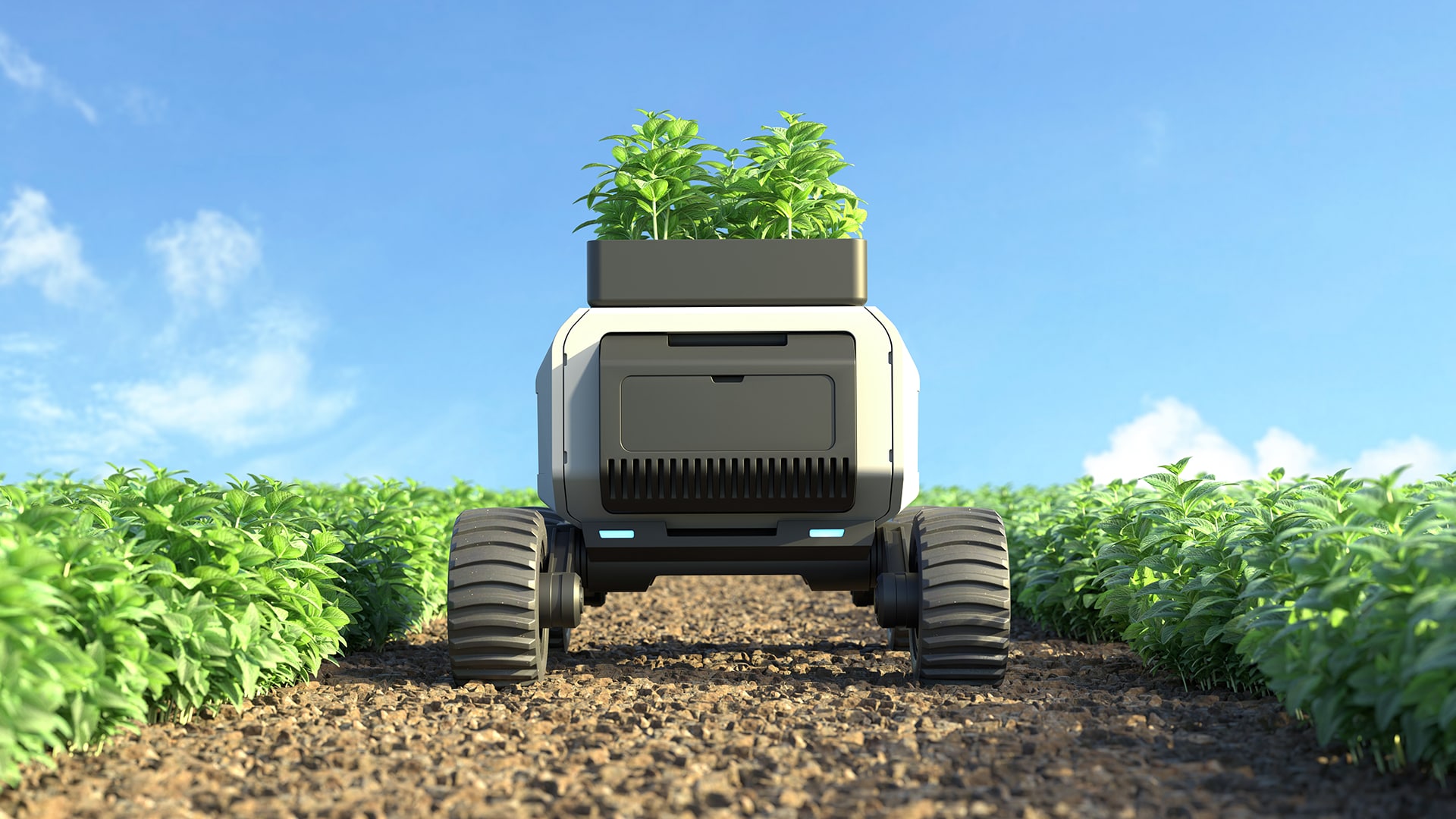How will landscapes adapt to driverless cars?
People ride on a driverless electric vehicle
Image: REUTERS/Edgar Su
Stay up to date:
Mobility Solutions
Even for the most skilled drivers, maneuvering into a tight space can be a challenging task.
Take people out of the equation in a new era of sensor controlled driverless cars, however, and precision parking becomes a lot more feasible. Indeed, in the car parks of the future, vehicles could be parked just a millimeter away from each, freeing up space for greenery, electric charging stations or new buildings.
This is just one of the likely outcomes of the shift to driverless cars which is slowly becoming a reality. Singapore, Ann Arbor in the U.S. and Milton Keynes in the UK are three locations where trials of self-driving vehicles are in their early stages while the UK government has just announced a £100million investment in order “to stay ahead in the race to driverless technology”.
While many implications of the technology are still unclear, its potential is clear. Dr Chua Yang Liang, JLL’s Head of Research, Singapore and Southeast Asia, sees benefits on the horizon for some sectors of the property market. “The introduction of driverless cars will lead to a bigger section of the population having greater mobility,” he says, referring to groups like the elderly, disabled and non-drivers who could be liberated by self-driving vehicles. Locations which are now off the map for these groups would become accessible to the whole population and, so, could become attractive to developers. Dr Chua comments: “This should improve overall demand for real estate, especially for recreational, entertainment, retail and social uses.”
Another prediction comes from the British Parking Association – in a report, Intelligent Mobility and the Future of Parking, which it is publishing at the end of March. The report, shown to Real Views on an exclusive basis, concludes: “Fully autonomous vehicles will, if and when introduced, change the entire mobility pattern completely and will impact disruptively on the parking profession.” Dave Smith, Head of Public Affairs and Research at the Association, says: “With the introduction and evolution of self-parking cars and car-sharing we could well see changes in car park design and layout, meaning fewer spaces are needed and a reduction in the size of spaces.”
Car fobs replace humans on parking
Regulation around driverless vehicles is changing rapidly to keep pace with the technology. In the U.S., Transportation Secretary Anthony Foxx is relaxing laws which require humans to have physical control of the hand brake. Declaring the administration ready “to do everything we can to promote safe, smart and sustainable vehicles,” Foxx recently told the North American International Auto Show in Detroit: “We are bullish on automated vehicles”. However, this change in position doesn’t just affect driverless cars – it also covers advances like BMW’s self-parking system which will allow drivers to get out of their cars before using the fob to hand over the parking maneuver to the vehicle.
In Britain’s Milton Keynes, three self-driving ‘pods’ are key to a city center trial which will eventually involve 40 of these electric-powered two-seaters. “There will be fewer car parking spaces,” says Andy Pascoe, Business Development Director of Transport Systems Catapult, the organization driving the trial. “The space can then be used for other purposes but not for parking one and a half tonnes of metal which is a very inefficient use of the space.”
It’s a view shared by Franz Jenowein, JLL’s Director – Sustainable Solutions, who believes it is absolutely clear that the self-driving vehicles being developed by Google, Tesla, Toyotaand others will free up space – both on and off the road. One or two lanes in the six-lane highways running through many U.S. cities could be redeployed as bicycle lanes or for other non-motorized transport, for instance. Less space would be needed not just because many driverless models are small in size but also because, suggests Jenowein, employers could help encourage car-sharing schemes which link up different organizations and locations around a city. “All these systems allow you to densify urban space and make it safer at the same time,” he says.
Singapore, meanwhile, is open to the idea of driverless cars as part of its plans to recreate itself as a greener city where fewer people have private vehicles and more use driverless taxis and public transport. Dr Chua says: “Although we are still some years away from seeing widespread driverless cars on Singapore’s roads, urban planners would have to think about how to provide for this technology now.”
The real estate impact
In theory, driverless vehicles could bring changes to many areas of real estate. Connecting into metro systems, for instance, they could make more areas suitable as workplace and retail locations, according to Chua, “by solving the ‘first and last mile’ problem”. And rapid growth in the home delivery market has prompted Google to seek patent protection on a driverless truck to be used on the ‘last mile’ – a move which reflects wide interest from the logistics sector in this developing technology.
But Jenowein and Chua are careful not to claim too much for a technology which still has many obstacles to overcome – not least the recent Google driverless car accident in Californiawhich suggests that the software can misunderstand the intentions of human drivers on the road. Jenowein believes that cyber security issues – such as the threat of the controls being taken over by malevolent individuals – could even “kill the idea” and make it suitable only for sealed off locations such as university campuses or experimental cities such as Masdar City in Abu Dhabi. Chua is not convinced by claims that the world’s traffic problems will be quickly reduced. He is skeptical about the prospect of proud car proprietors moving over to publicly-owned pods, saying: “In Asia a car is often also a status symbol.”
It is too soon to say that today’s children will be the last generation that will need to learn to drive a car. But rapid progress means that driverless cars could well be transforming daily life within the coming decade.
Don't miss any update on this topic
Create a free account and access your personalized content collection with our latest publications and analyses.
License and Republishing
World Economic Forum articles may be republished in accordance with the Creative Commons Attribution-NonCommercial-NoDerivatives 4.0 International Public License, and in accordance with our Terms of Use.
The views expressed in this article are those of the author alone and not the World Economic Forum.
Forum Stories newsletter
Bringing you weekly curated insights and analysis on the global issues that matter.
More on Emerging TechnologiesSee all
Jake Yu
November 10, 2025
Conny Kalcher
November 6, 2025
Thea Hayden
November 6, 2025
William Dixon
October 30, 2025





